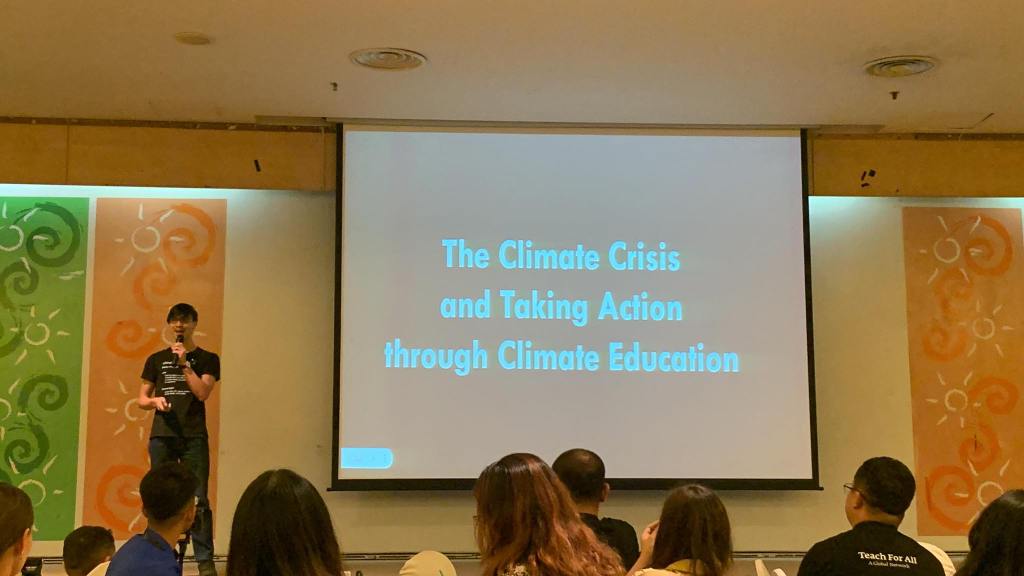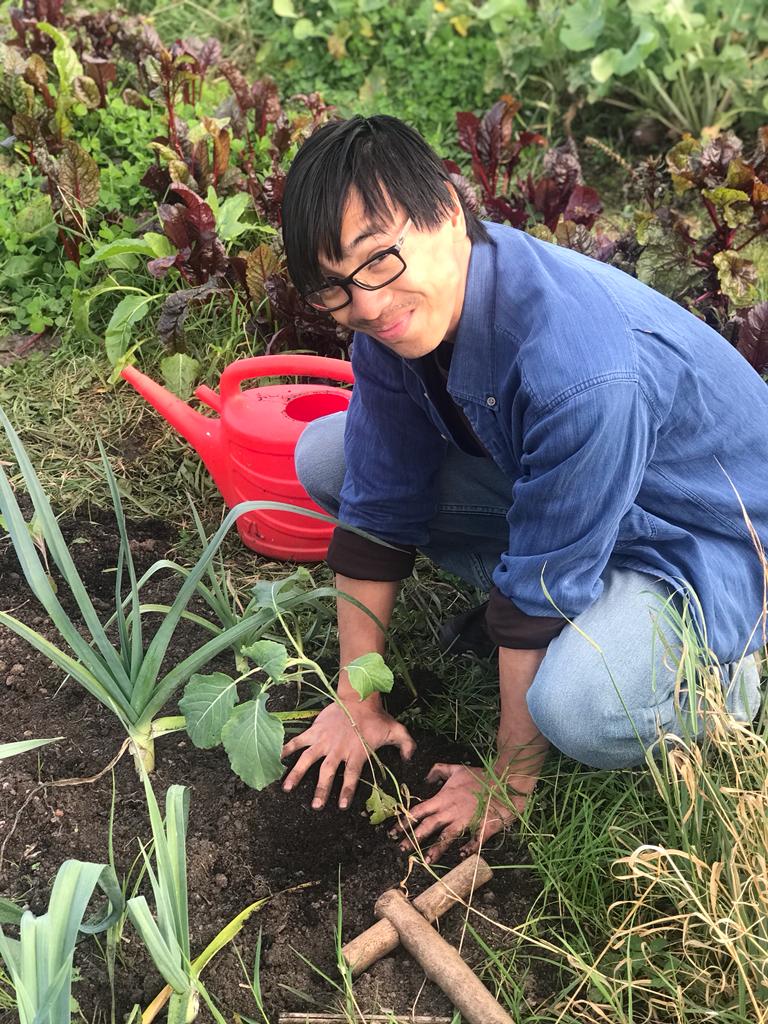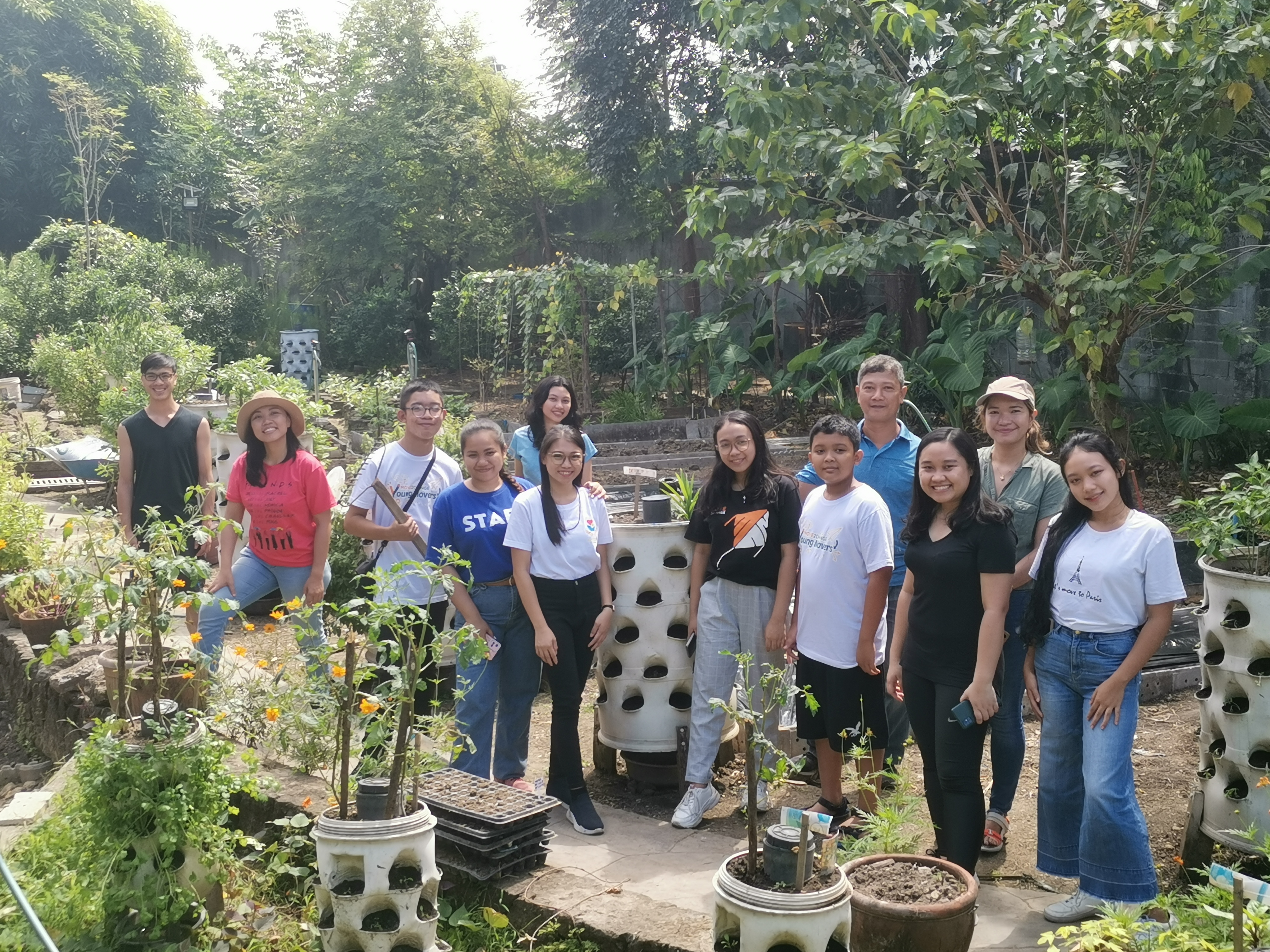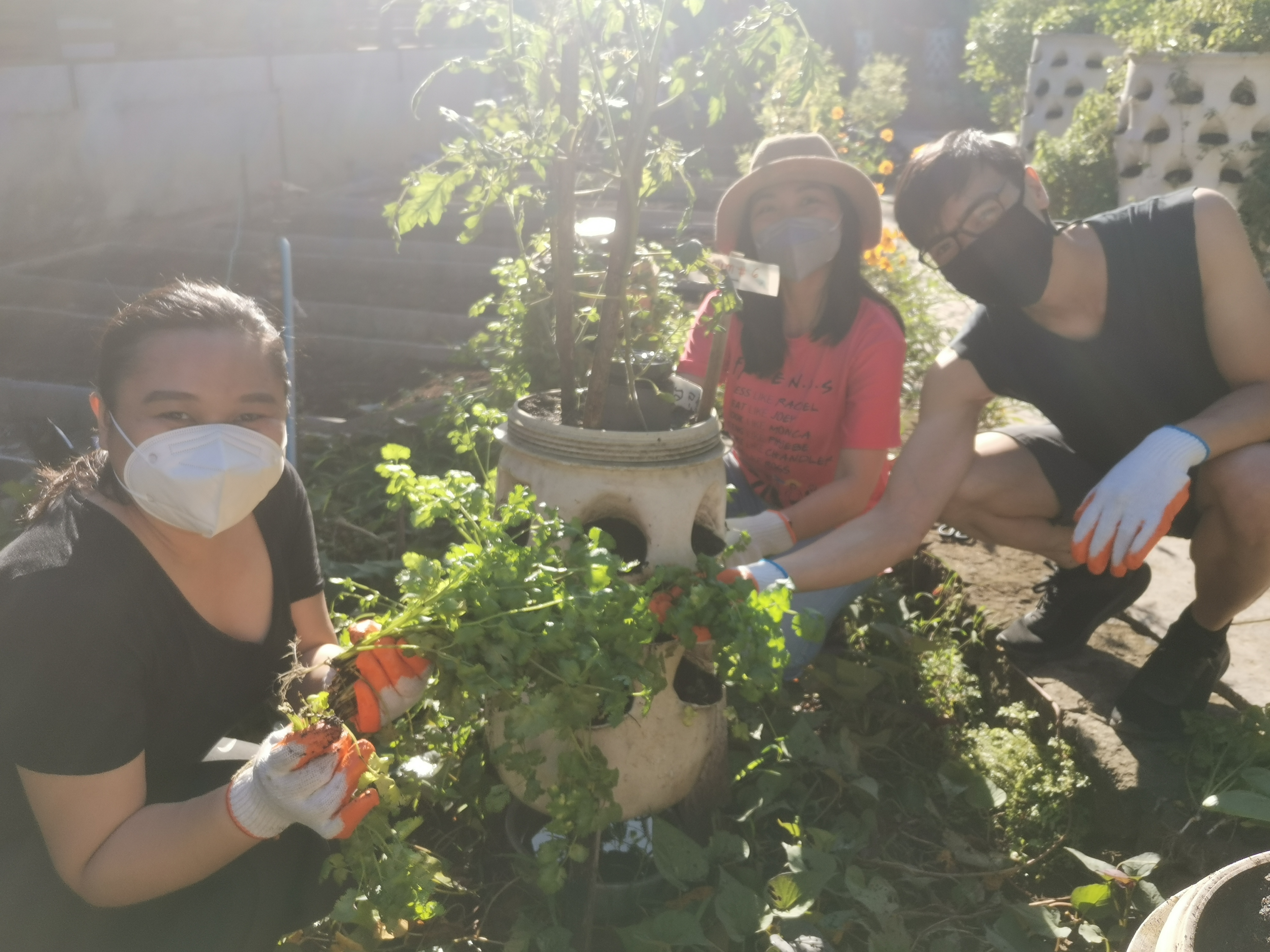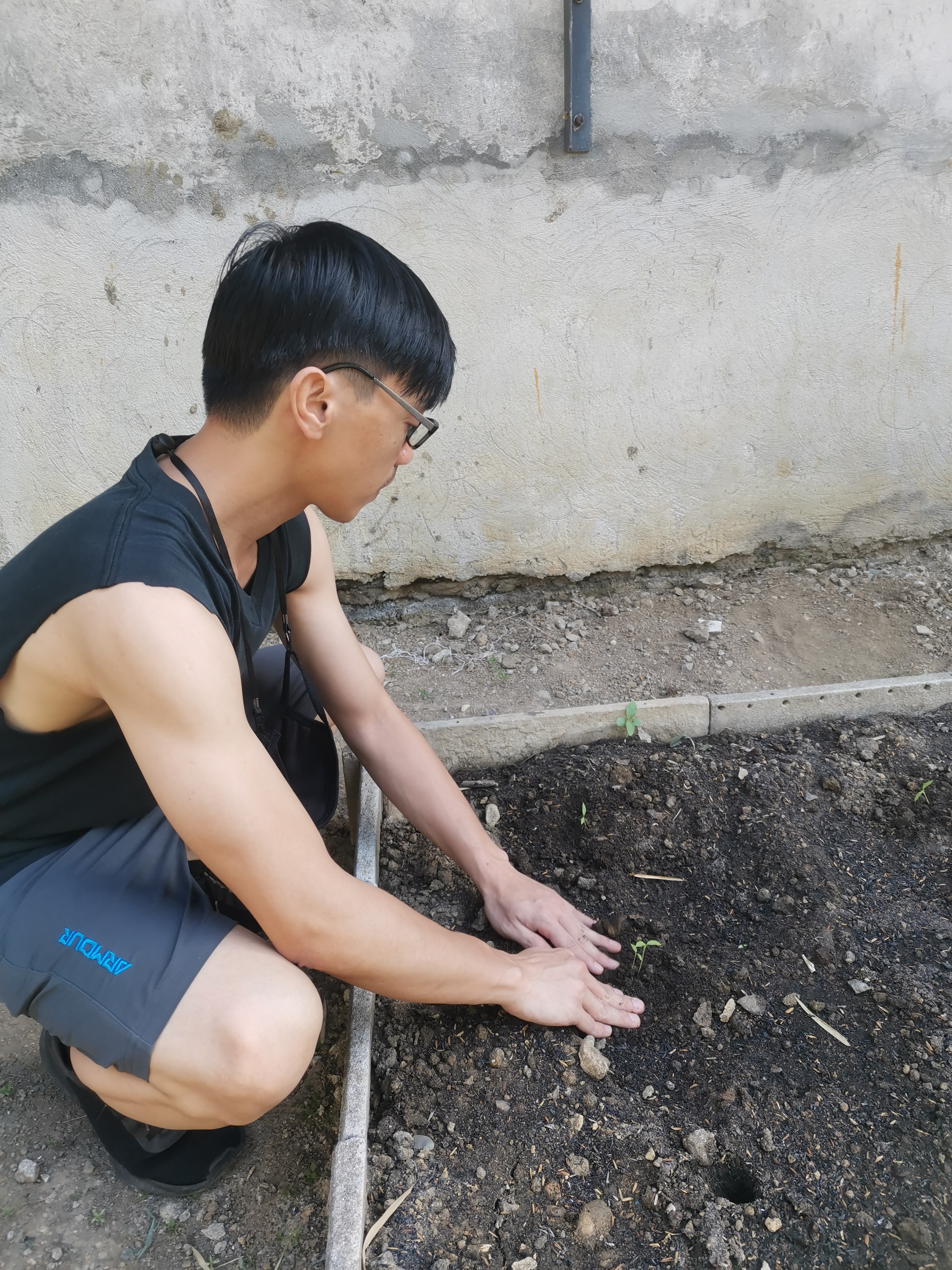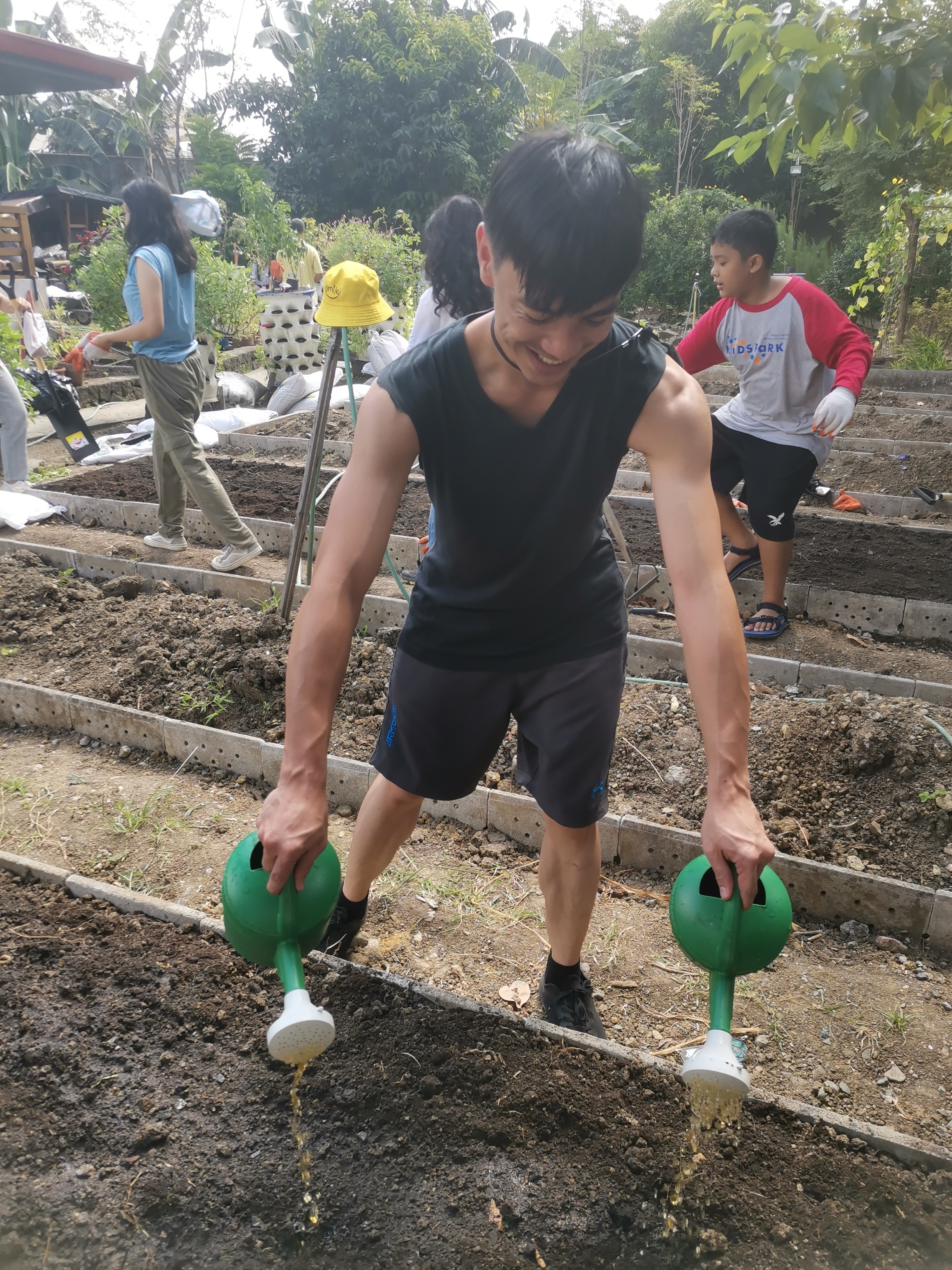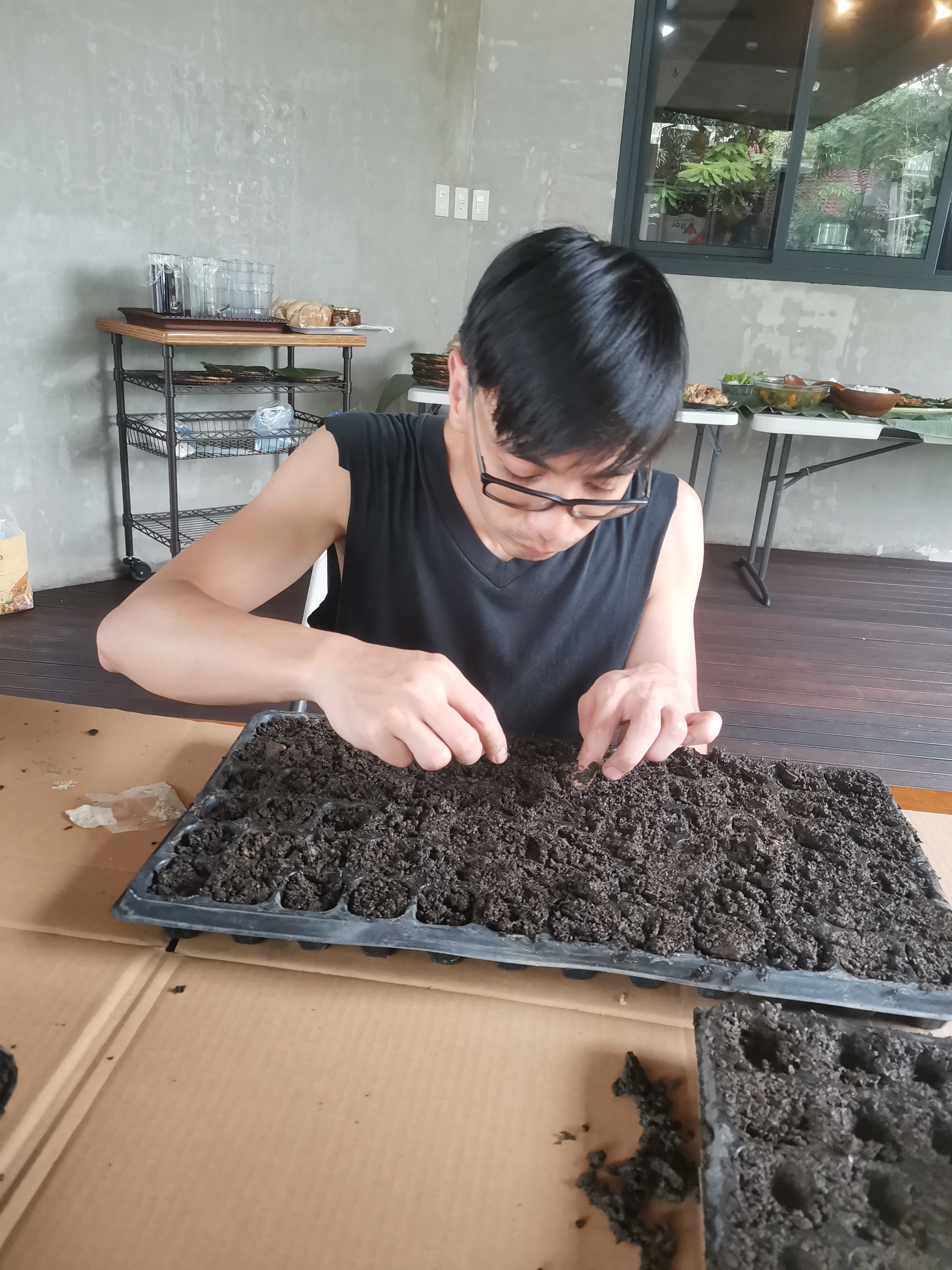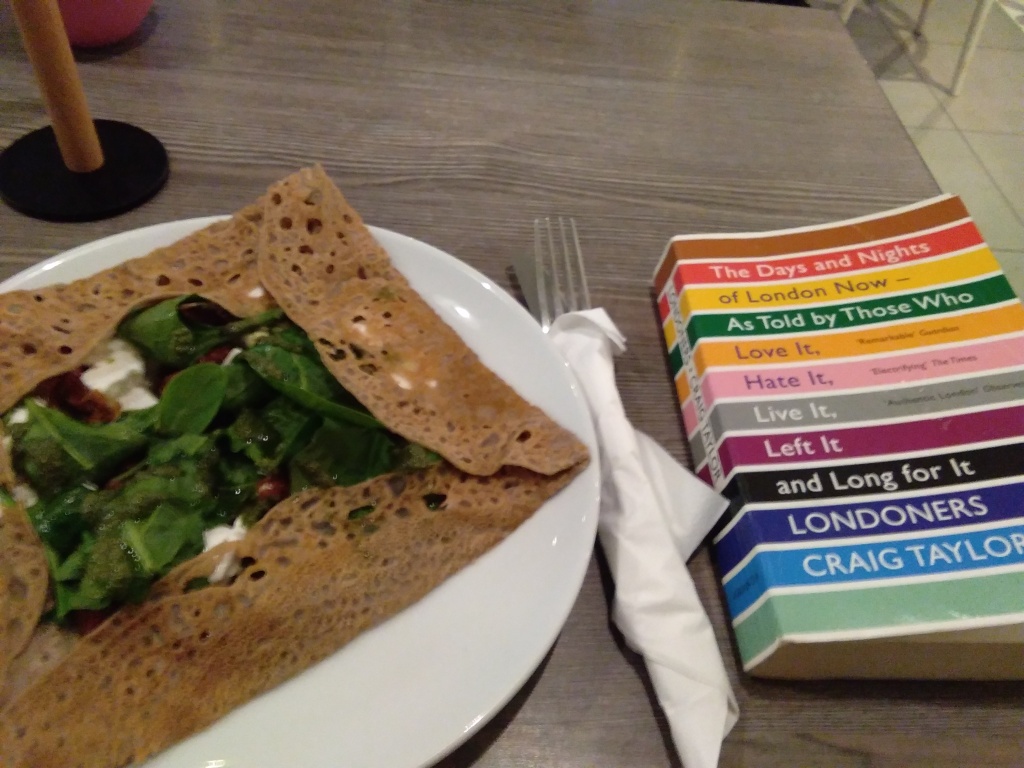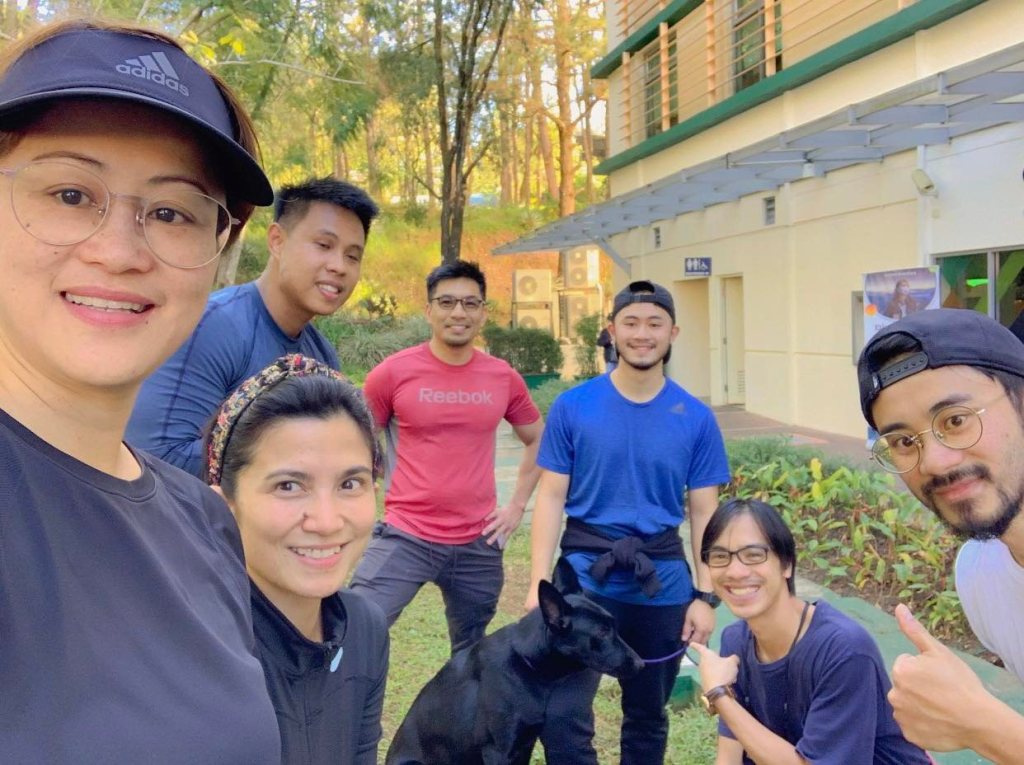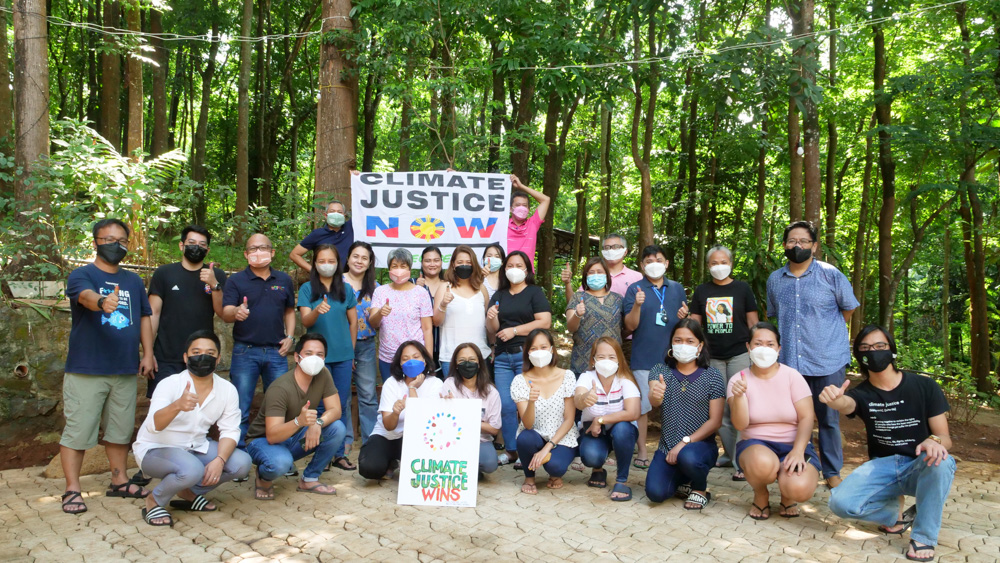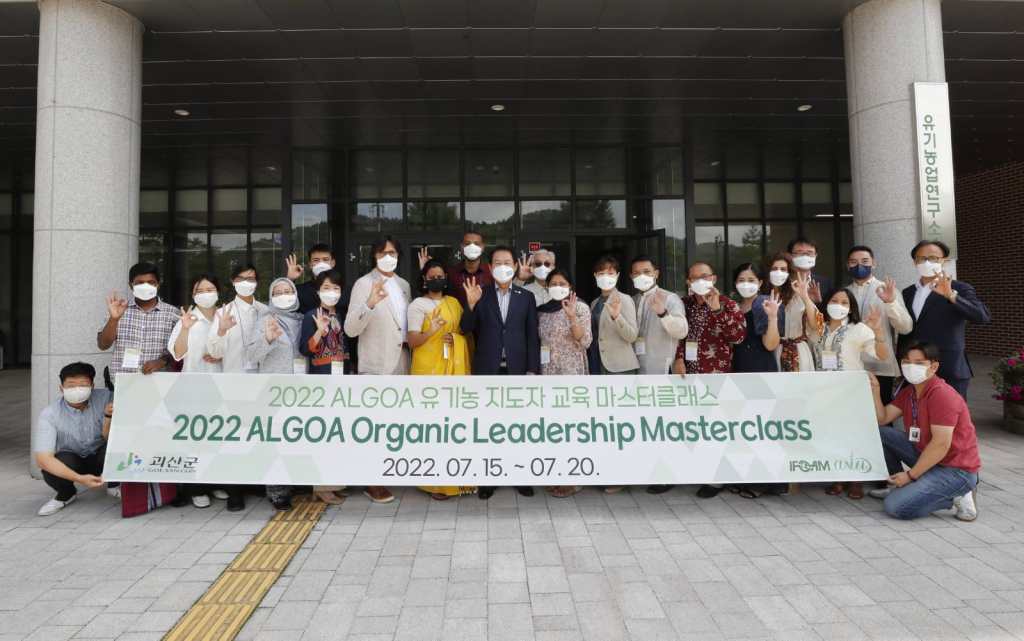With all the streaming sites providing an endless selection of shows demanding attention, it can sometimes be a challenge to choose what to binge-watch on. Luckily, with recommendations from friends, mentions on podcasts, plus staying updated of what’s trending, I was able to see a decent amount of shows last year which were worthy of my oh-so-precious time.
It is no surprise that my list is dominated by Korean shows with its interesting concept and high production value. Sometimes a bit formulaic but still works for me. Reborn Rich, The Glory, and Celebrity were a testament of revenge best served cold. Strangers from Hell was a creepy psycho drama satisfying my appetite for gore and horror. Several Korean reality shows also proved to be quite entertaining. Physical: 100 was an intense battle of strength. The joy and sorrow of romantic love were captured by Single’s Inferno. A mix of food, culture, and down-to-earth celebrities was what Jinny’s Kitchen and Youn’s Stay were all about.
The Last of Us, reminiscent of The Walking Dead, is a heartwarming zombie series. Stories with a twist similar to The Twilight Zone are always welcome. So to my delight, the much-anticipated Black Mirror Season 6 was released. It was not as awesome as the first few seasons but the episodes still delivered. Much like White Lotus, a whodunit murder mystery laced with satire and comedy. Speaking of comedy, Beef surely lived up to the hype even deservingly bagging the Golden Globe for Best Limited TV Series.
I quite enjoyed Ted Lasso for its storyline and lovable characters. One Piece and Yuyu Hakusho, to everyone’s relief, were successful live animation remakes, and I liked them, too.
How about you. What shows did you binge-watch on?

